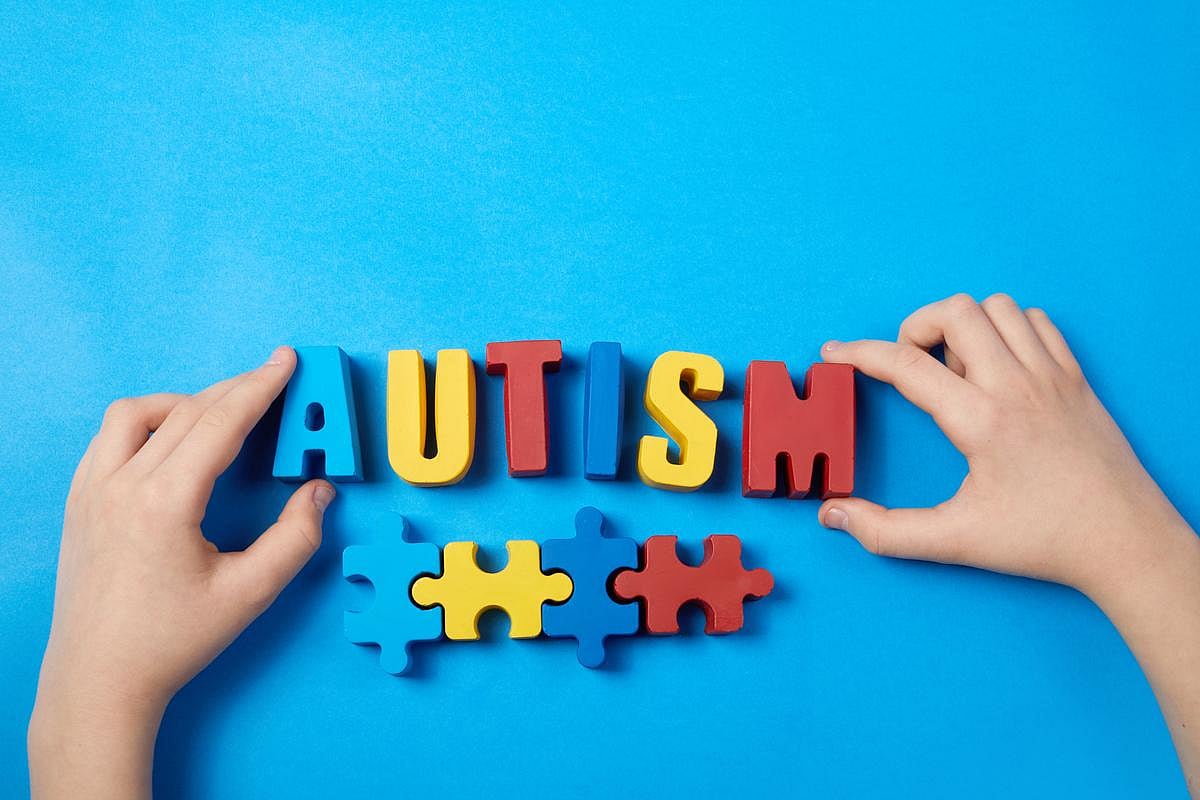Get Healthy!

- Posted October 23, 2025
Doctors Overlooking A Common Symptom Of Autism, Survey Finds
Doctors aren’t checking for or treating a common symptom of autism, a new study says.
As many as 87% of autistic children have movement impairments like delays in crawling or walking, poor coordination, trouble with balance, abnormal walking patterns and problems with fine motor skills like grasping objects or drawing, researchers said.
But few child neurologists correctly identify these motor deficits as a feature of autism, and more than half underestimate how common these problems are, researchers reported in the journal Pediatric Neurology.
“Motor concerns are just as common, if not more common, than verbal language difficulties in children with autism, yet they're being significantly under-recognized and under-treated," senior researcher Dr. Rujuta Wilson, a pediatric neurologist with UCLA Health, said in a news release.
For the study, researchers surveyed 100 child neurologists and neurodevelopmental specialists across the U.S. about their knowledge of motor problems in children with autism.
Movement impairments often emerge during infancy and can persist without treatment, causing a cascade of delayed development, researchers said.
For example, when toddlers don’t transition smoothly to walking, they miss out on developmental opportunities that come from greater access to objects and more sophisticated interactions with caregivers, researchers noted.
As motor problems go untreated, they can impair a child’s ability to explore their environment, develop language skills and engage socially with others, researchers said.
However, prior research has shown that these problems do go undetected and unmanaged. One study from Australia found that while 80% of autistic children had motor deficits on standardized tests, clinicians only detected these problems in a little over 1% of cases, researchers noted.
The new survey found a similar blind spot among U.S. child neurologists:
Only 36% correctly identified motor deficits as a potential feature of autism, even though they’ve been included in diagnostic criteria since 2013.
More than half underestimated how common motor problems are, with 57% saying they affect 15% to 50% of the kids.
About 58% said they perform detailed motor evaluations in patients, with others saying behavioral barriers, time constraints or a lack of training prevents them from performing the assessment.
“We need to ensure that training on the assessment of unique motor difficulties in autistic individuals is well developed during medical school and residency training,” Wilson said. “There are important considerations when working with this population, including sensory sensitivities, language differences and behavioral challenges, and there are strategies and support that can be used to ensure autistic individuals receive the most comprehensive care.”
Wilson suggests that doctors keep easily accessible toys and objects on hand to evaluate kids’ fine motor control, strength and coordination.
“It's also crucial that we develop more practical screening tools that can be used efficiently in clinical settings," he said, adding that these tools should be inclusive of individuals with intellectual disability and those who are minimally verbal. In addition, Wilson said, they should include caregiver report measures that don't require extensive training or time to implement.
More information
The U.S. Centers for Disease Control and Prevention has more on signs and symptoms of autism.
SOURCES: UCLA, news release, Oct. 13, 2025; Pediatric Neurology, Oct. 13, 2025


